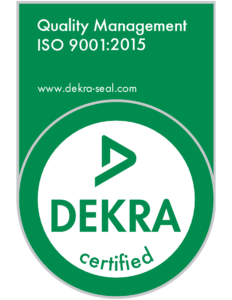Heat staking is a plastic assembly process that involves joining two plastic parts using heat and pressure. To successfully perform heat staking, certain features are required on the plastic parts being joined.
The first requirement is that the plastic parts should have specific areas that can be melted and reformed under pressure. These areas are usually raised or thickened portions of the plastic part known as “bosses” or “posts.” The bosses must be properly designed to withstand the heat and pressure required for heat staking, and their location should be well defined to ensure proper alignment during the process.
The second requirement is that the plastic material should be compatible with heat staking. Not all plastic materials can be heat-staked, and some may require special additives or modifications to make them compatible. Materials that are commonly heat-staked include polycarbonate, ABS, polypropylene, and nylon.
The third requirement is that the plastic parts should be clean and free of contaminants that can interfere with the heat staking process. Any dirt, grease, or other substances on the plastic parts can cause poor weld quality or even failure of the joint.
Finally, the design of the plastic parts should take into account the intended use and the stresses that the joint will be subjected to. The heat-staked joint should be able to withstand the expected loads and stresses without failure, and the joint should be designed to minimize stress concentrations that could cause failure over time.

